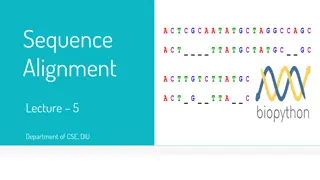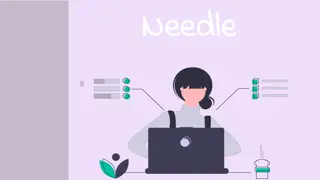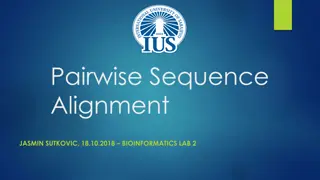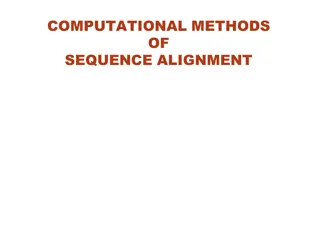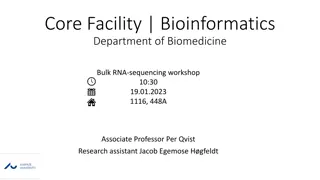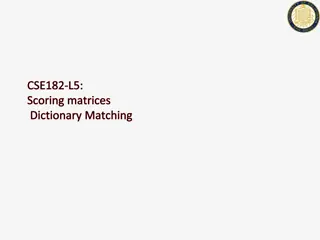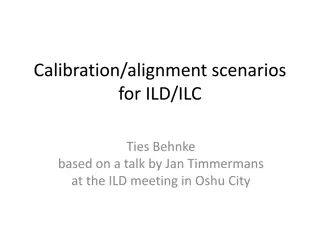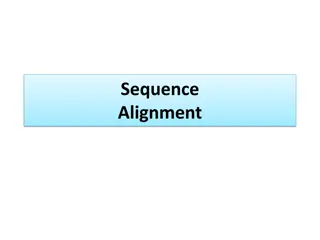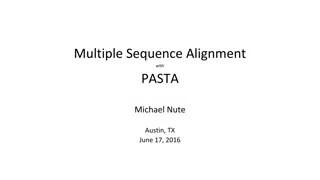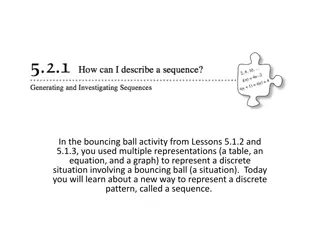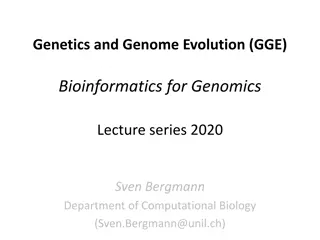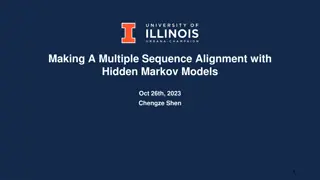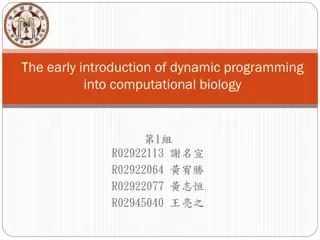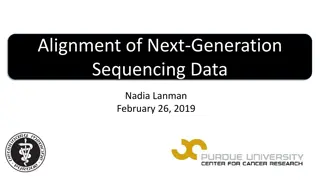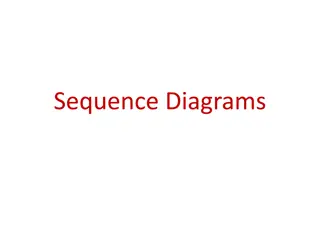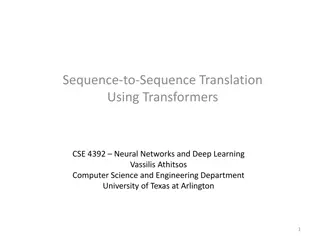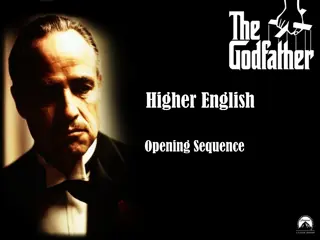Understanding Sequence Alignment in Bioinformatics
Explore the significance of aligning DNA, RNA, and protein sequences for identifying similarities and relationships. Learn about pairwise and multiple alignment methods like Needleman-Wunsch and Smith-Waterman, and how they help in discovering functional, structural, and evolutionary connections between sequences.
Download Presentation

Please find below an Image/Link to download the presentation.
The content on the website is provided AS IS for your information and personal use only. It may not be sold, licensed, or shared on other websites without obtaining consent from the author. Download presentation by click this link. If you encounter any issues during the download, it is possible that the publisher has removed the file from their server.
E N D
Presentation Transcript
Sequence Alignment Lecture 5 Department of CSE, DIU
CONTENTS 1. Sequence Alignment -Why align sequences 2. Sequence Alignment Methods -Pairwise Alignment -Multiple Sequence Alignment 3. Pairwise Sequence Alignment Methods -Global Alignment (Needleman-Wunsch) -Local Alignment (Smith-Waterman)
1. Sequence Alignment Why and how align sequences
Sequence Alignment A way of arranging the sequences of DNA, RNA, or CTGTCG-CTGCACG protein to identify regions of similarity that may be a consequence of functional, structural, or -TGC-CG-TG---- evolutionary relationships between the sequences
Why align sequences? Useful for discovering Functional Structural and Evolutionary relationship For example To find whether two (or more) genes or proteins are evolutionarily related to each other Two proteins with similar sequences will probably be structurally or functionally similar
2. Sequence Alignment Methods Pairwise and Multiple
Pairwise Sequence Alignment A pair of sequences as input Align them in such a way that, for that particular alignment the assumed region of similarity produces higher score than all the other alignments CTGTCGCTGCACG-- -------TGC-CGTG Methods -Global Alignment (Needleman-Wunsch) -Local Alignment (Smith-Waterman)
Pairwise Sequence Alignment Idea: Display one sequence above another with spaces inserted in both torevealsimilarity A: C A T - T C A - C | | B: C - T C G C A G C | | |
Multiple Sequence Alignment Three or more than three sequences as input Align all the sequences altogether in such a manner that the alignment produces highest score
3. Pairwise Sequence Alignment Global and Local methods
Global Alignment (Needleman-Wunsch) Trace back 3 Major Steps -Start from Cell (Row, Col) -Go back up to Cell (0,0) -Create 2D Matrix -Trace back -Final Alignment Create 2D Matrix -Row x Col 2D matrix draw (Row , Col size of seq1 and seq2 respectively) -Place 2 seqs as Row and Column Header -Cell (0,0) = 0 -Cell (0,1) to Cell (0,Column) and Cell (1,0) to Cell (Row,0) value = delete gap value from previous cell value -For other cell values, follow equation in (1) Final Alignment -Start from Cell (Row, Col) -If then, place character in both seq -If or then character in start seq & gap in end seq
Global Alignment (Needleman-Wunsch) -Example Input -seq1 = TTGT -seq2 = ATTTGCT Scoring Scheme (x, x) = 1 (Match) (x,-) = -2 (Gap) (x, y) = -1 (Mis match) Eq. 1: Cell Value
Local Alignment (Smith-Waterman) 3 Major Steps Trace back -Create 2D Matrix -Trace back -Final Alignment -Start from each Cell which has the maximum value in the entire matrix -Go back up to the Cell where first time 0 occurs Create 2D Matrix -Row x Col 2D matrix draw (Row , Col size of seq1 and seq2 respectively) -Place 2 seqs as Row and Column Header -First Row, First Column all value = 0 -For other cell values, follow equation in (2) Final Alignment -Start from each Cell with max value -If then, place character in both seq -If or then character in start seq & gap in end seq
Local Alignment (Smith-Waterman) -Example Input -seq1 = TCGT -seq2 = GATTCGT Scoring Scheme (x, x) = 2 (Match) (x,-) = -3 (Gap) (x, y) = -2 (Mis match) Eq. 2: Cell Value


